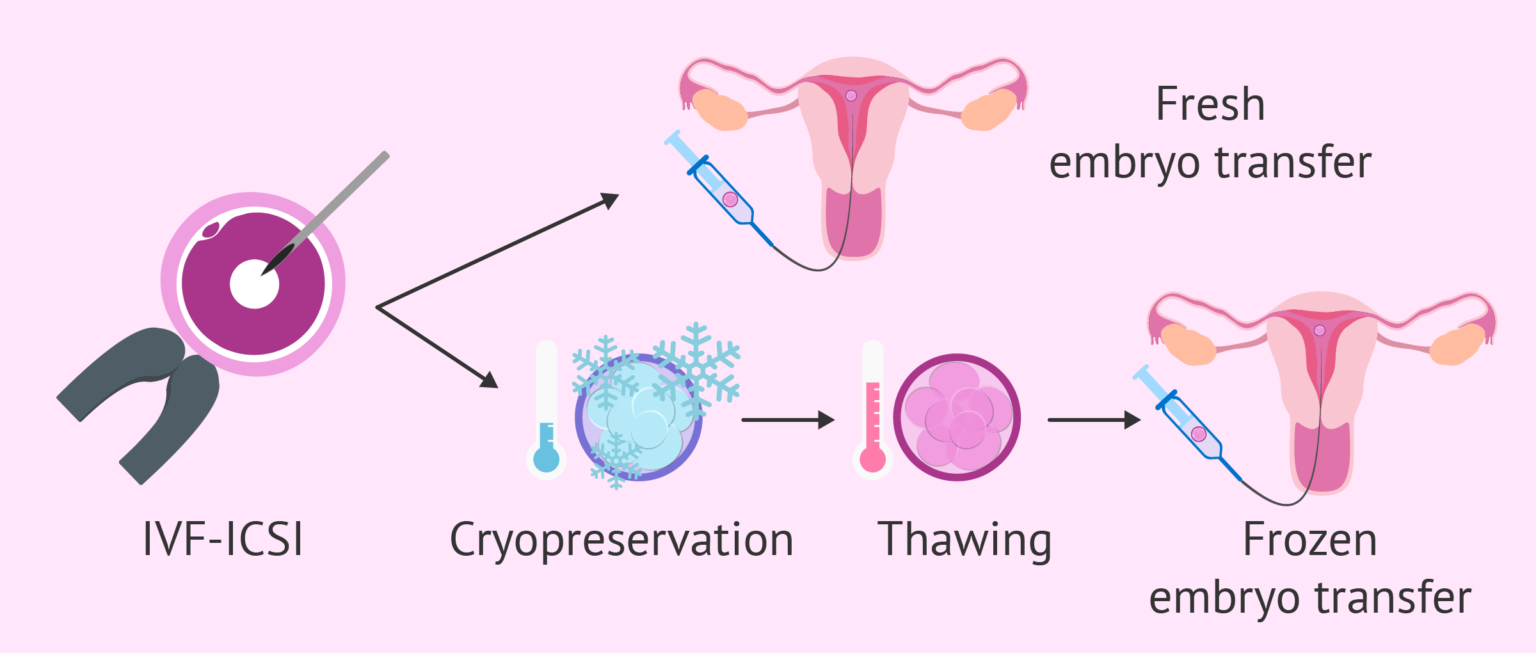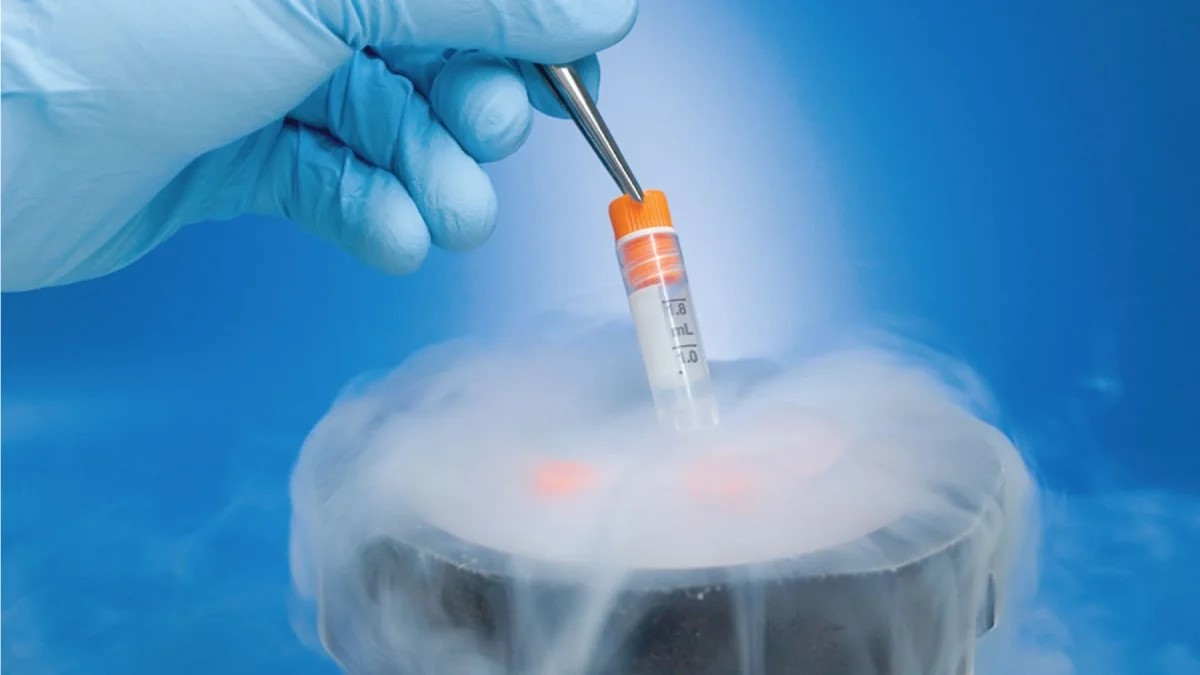FET (Frozen Embryo Transfer)
FET (Frozen Embryo Transfer)


FET Package Overview
FET is an assisted reproductive procedure in which previously frozen embryos are thawed and transferred into the uterus to achieve pregnancy. This procedure is ideal for patients who have undergone IVF and wish to maximize their chances of conception while minimizing ovarian stimulation cycles.
How the Procedure is Performed
The patient undergoes hormonal preparation to optimize the uterine lining for embryo implantation. Frozen embryos are carefully thawed in the laboratory under controlled conditions. The selected embryos are transferred into the uterus using a thin, flexible catheter. The procedure is quick, usually lasting 10–20 minutes, and is minimally invasive.
Hospitalization & Recovery
FET is an outpatient procedure, requiring no hospitalization. Mild cramping or spotting may occur for a short period after the transfer. Patients can usually resume normal activities immediately. Pregnancy testing is performed approximately 2 weeks after the procedure. Follow-up monitoring and hormonal support may continue to ensure implantation success.
Package Benefits
- Comprehensive pre-transfer consultation and uterine assessment
- Procedure performed by experienced reproductive endocrinologists and embryologists
- Use of advanced laboratory techniques for optimal embryo survival and implantation
- Comfortable, modern clinic environment with attentive care
- Guidance on post-procedure care and follow-up
- Support for international patients including travel, accommodation, and language assistance
Why Choose Us for FET
- Highly skilled fertility specialists with extensive experience in embryo transfer
- Personalized protocols to maximize implantation and pregnancy success
- Advanced laboratory and thawing techniques for optimal embryo quality
- Full support for international patients for a smooth, safe, and comfortable experience
